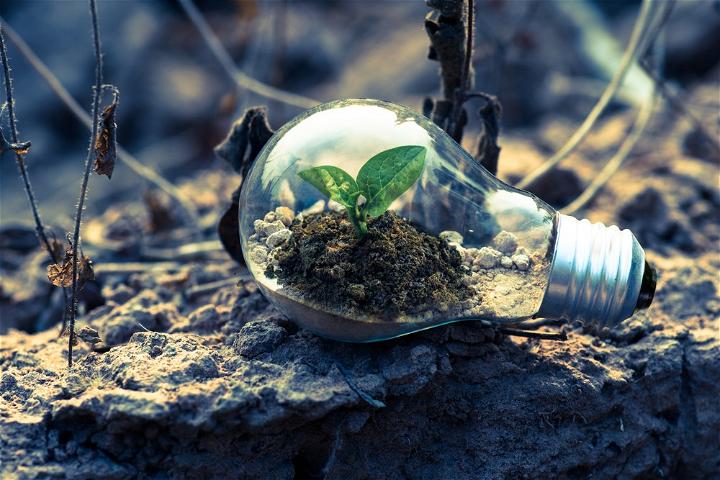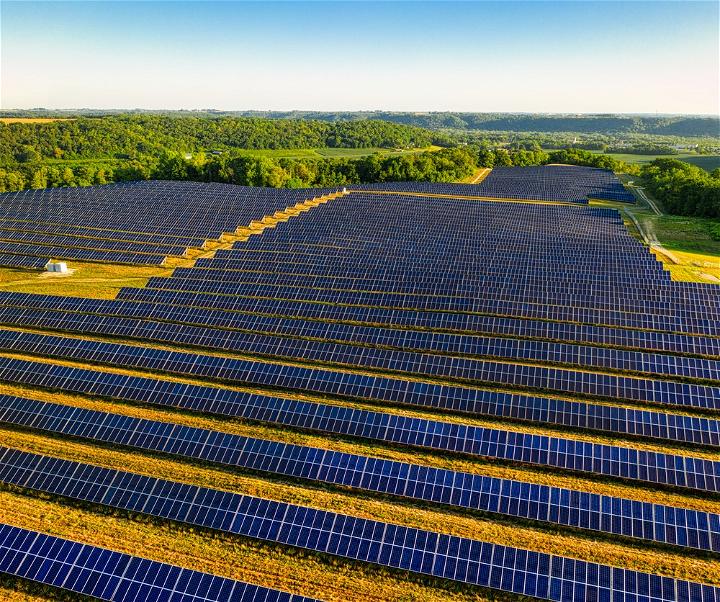Are you worried about your electricity bill every month? Do you feel like you are using too much power and want to find a way to power your DIY projects without straining your budget? You’re in luck! There are a few ways that you can power your DIY projects without using too much electricity. In this blog post, we will outline the most effective way to power your DIY projects without breaking the bank. In today’s society, there is a big push for people to use renewable resources. Solar power is one of the most popular forms of renewable energy because it can be used in all climates and doesn’t produce any pollution. All renewable sources have positives and negatives so make sure to consider how these factors will affect your project before deciding on a method.

1 – Solar Power
This is the best way to go if you are powering your DIY projects without using too much electricity. Solar power is one of the most common ways that green DIY-ers power their projects. In the words of specialists at shoalhavensolar.com.au, it is important that you choose “leading brands to deliver the highest quality solar power systems for your energy security” to last you into the future. The great thing about solar power is that it helps you to be a little greener and still get the job done. It’s also very easy to find solar panels that will fit almost any DIY project that you are working on. A lot of people dismiss solar power because they think that it is expensive. Although the initial purchase may be pricey, you will end up saving yourself money in the long run since you won’t have to pay for monthly electricity bills anymore! For example, if you purchase your solar panels for $1,000 and don’t use them very often, you will probably pay for them in about 2 years or less.
2 – How Does Solar Work?
When solar panels soak in the sun’s rays, they convert radiant energy into electrical power. Solar panel systems are composed of many individual solar cells that work together to create electricity. There are several different types of solar cells that capture different wavelengths, but the two most common types of solar cells used in DIY solar panel projects are monocrystalline and polycrystalline. Monocrystalline cells are made from a single crystal while polycrystalline cells are made from multiple crystals. Both types of solar cells can be found in cheap DIY panels to expensive ones, so it is up to you to decide what kind will work best for your specific project.
3 – Efficiency and Power Output
The power output of a solar panel is usually measured in watts. For example, if your solar panel is 100 watts, it will produce up to 100 watts of power when exposed to strong sunlight. However, if your solar panel is only 100 milliwatts, then it would produce less than 1/10 of a watt when fully charged (1/10 of a watt is equal to 0.01 watts). Solar panels come in all different shapes and sizes, and the larger the solar panel is, the more power it will produce. Most inexpensive solar panels for home projects are about 180 watts and the size of a laptop.
4 – Using Solar Panels
Solar panels work best in areas that get a lot of suns. If you live in an area where there isn’t much sunshine all year round, then solar power might not be the best choice for you. Solar panels can produce a lot of power during the summer because it is sunny and warm, but they won’t produce as much power during the winter because it is cloudy and cold. Solar panels are also affected by snowfall, especially heavy snowfall, so they may not be the best option for you if you live in an area with a lot of blizzards. If possible, you could try to find a way to store the energy that your solar panels produce. For example, if you were powering an electric car with solar panels, then you could store the energy that the panels produce during the day in a battery for nighttime use.
5 – Solar Power Tips
If you are using solar power for a DIY project, then you should first determine the wattage that your project will need. Next, you should find a solar panel that has at least that wattage and is as close to the same size as your project as possible. Finally, you should have a way to store the energy that your solar panels produce.
6 – Other Renewable Sources
6.1 Biomass Systems
These systems use renewable biological resources to produce thermoelectric power. Some examples of biomass systems are anaerobic digesters, gasifiers, and boilers. Biomass sources include living material (manure), plants, agricultural and food processing wastes, organic household trash, animal dung from domesticated animals, wood chips from sawmills and other wood product manufacturing plants, and almost any other organic material from biodegradable sources.
6.2 Wind Energy Systems
These systems use mechanical turbines to produce energy. Examples of wind turbine blades include the Darrieus and Savonius types. The three main components of a wind energy system are the tower, the rotor blades, and the generator. There are three types of generators in use today. The three types of generators are the direct-drive generator, gearbox generator, and low-speed permanent magnet generator.
6.3 Hydroelectric Systems
These systems use the flowing water of a river to power turbines that produce electrical energy. It is important to note, however, that it is very rare for a hydroelectric system to generate 100% of the energy that it needs. It is much more common for hydroelectric systems to operate at 30%-40% of their total power potential. Hydroelectric systems are still very popular, however, because they emit no pollution at all and are considered to be renewable resources.

Solar power is a great option for DIY projects because it doesn’t produce any pollution and can be used in all climates. If you are considering using solar panels to power your project, then the wattage that your system will need should be determined first followed by finding an appropriately sized panel. You’ll also want to have some way of storing the energy generated while not in use so make sure to research how this would work with your particular project before starting. All renewable sources have positives and negatives so make sure to consider how these factors will affect your project before deciding on a method.
